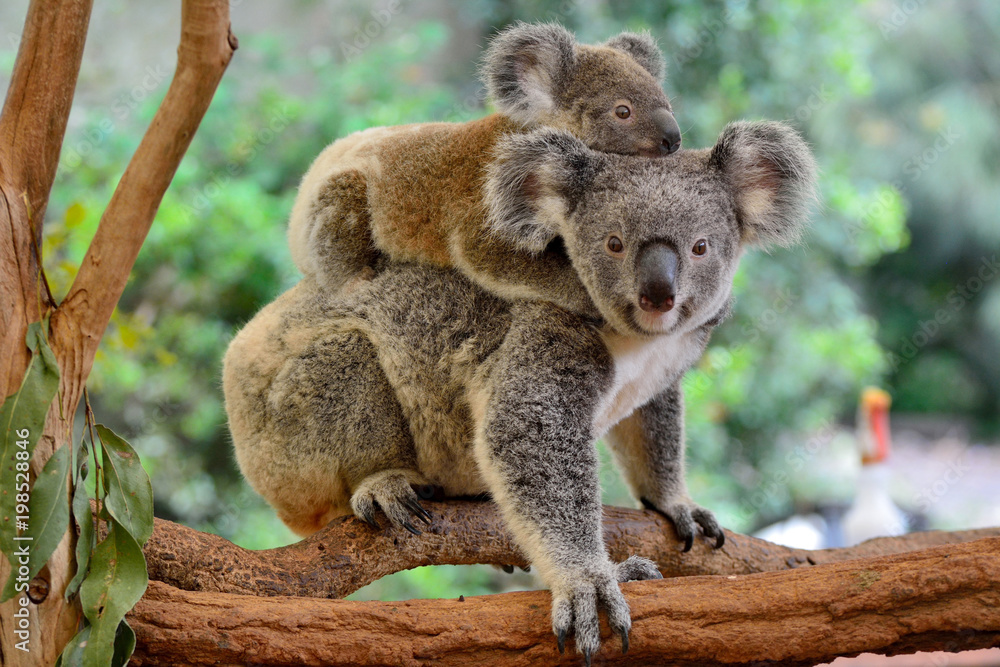animal with fingerprints like a human- is- amazing!!
animal with fingerprints like a human- is- amazing!!
In 1975, police fingerprinted six chimpanzees and two orangutans at a British zoo. They weren't just looking for unique souvenirs; they tested whether any unsolved crimes could be the fault of these banana-eating villains.
While the primates were ultimately as innocent as they appeared, police found their fingerprints were indistinguishable from those of humans without careful examination.
A few years later, in 1996, another mammal came under police suspicion: the koala!
While it makes sense that orangutans and chimpanzees have fingerprints like ours, koalas are our closest relatives and are evolutionarily distant from humans. Fingerprints, it turns out, are a prime example of convergent evolution, or the independent evolution of similar traits by different species.
Fingerprints are thought to serve two purposes. First, they aid in grasping, allowing animals to better grasp rough surfaces like branches and branchesand tree trunks. Second, they increase the sensitivity of our touch, allowing us to more finely perceive the texture and shape of the objects we hold.
Why this works for humans is obvious. Our hands are designed to grasp, hold and manipulate objects. Whether it's a few nuts or our Xbox controllers, we humans rely on our sensitive sense of touch every day to get through the day. Koalas are actually no different. They are very picky eaters, showing a strong preference for age-specific eucalyptus leaves. It seems that their fingerprints allow them to check their food thoroughly before eating it.
Police aren't entirely concerned about koala bank robbers, but koala fingerprints can be accidentally discovered at crime scenes and confused with human fingerprints, making it difficult to find a match.


Comments